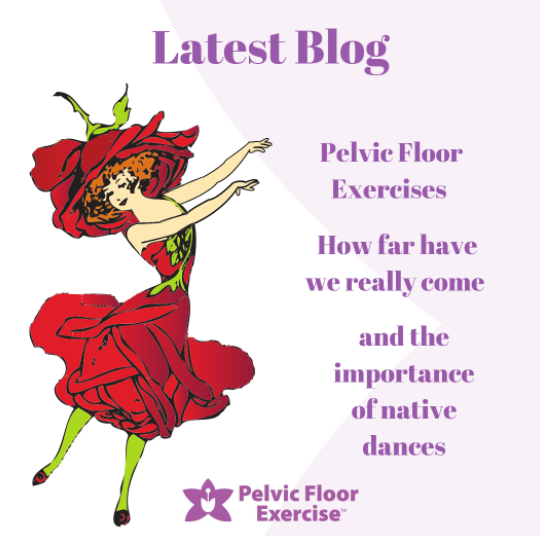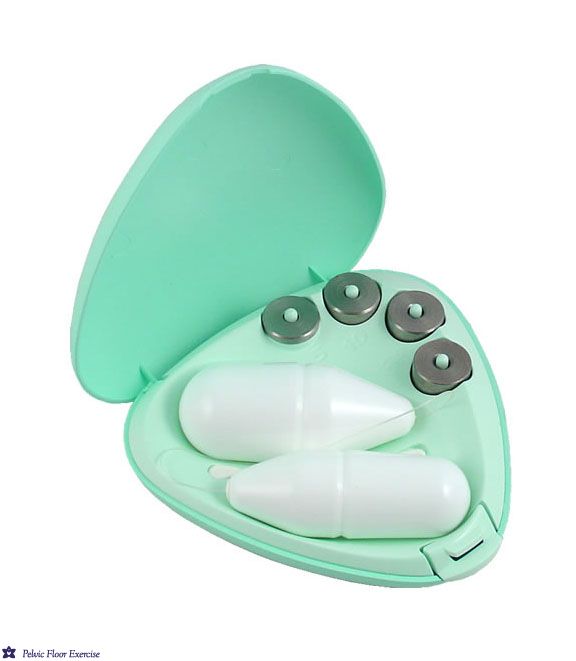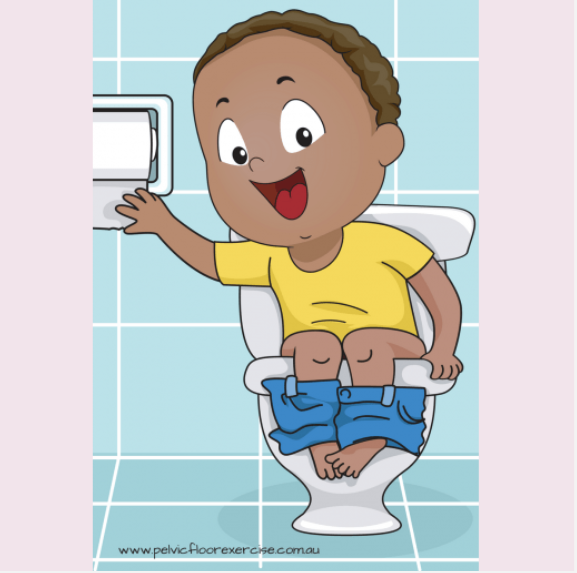is a frequently asked question, not only by customers but also by health professionals who want to know the best set to recommend for their patients.
Let's start by looking at what conditions you might use vaginal dilators or trainers for and then look at the differences in the available sets.
pelvic pain
-
3 JulRead more »
-
11 JulRead more »
There is a lot of research evidence describing the co-contraction of your CORE MUSCLES pelvic floor (PF) and transversus abdominus (TrA) in unison with your diaphragm (D) and Multifidii (MF). If you think of an apple – the CORE is in the middle,the deepest part – your CORE muscles are your deepest layer of muscles and are designed to gently work in the background.
Your brain is effectively pre-programmed for this to happen automatically, without you having to think about it. A split second before your ‘moving’ muscles twitch and contract,your brain sends a message to the CORE to tighten – like doing up the stays on a corset, thus stabilising and supporting your spine, pelvis and pelvic organs whilst your ‘moving’ muscles do their job of moving you. When everything is working in harmony, the system works well. -
9 JulRead more »
I chanced upon a delightful book called “Restoration Exercises for Women” by Ettie A. Hornibrook (even the name delights!) published in London in 1931 by William Heinemann.







